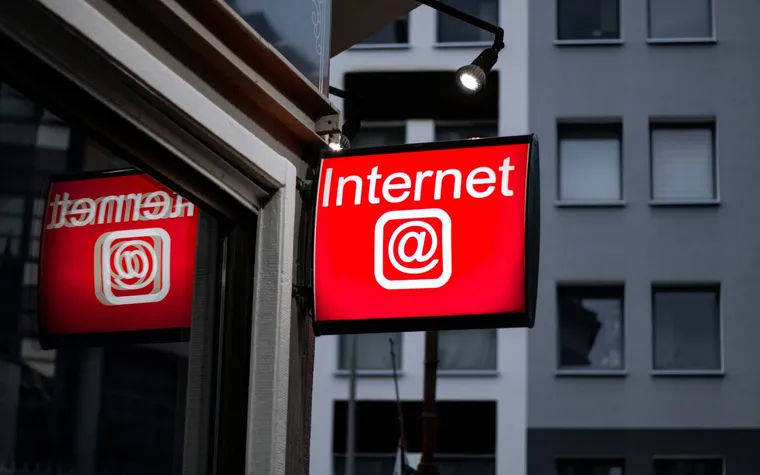Government internet programs play a crucial role in bridging the digital divide by providing affordable or free internet access to low-income families, students, and underserved communities. With internet access becoming a necessity for education, work, and healthcare, these programs ensure that everyone has an equal opportunity to participate in the digital world.
Many government initiatives, such as subsidies, public Wi-Fi projects, and broadband expansion programs, aim to enhance connectivity in rural and urban areas. These efforts help reduce disparities in digital access, improve economic opportunities, and empower individuals by providing them with the necessary tools to stay connected in an increasingly digital society.
What Are Government Internet Programs?
Government internet programs are initiatives designed to provide accessible and affordable internet services to individuals who may not otherwise afford them. These programs are often funded by federal, state, and local governments to ensure that all citizens, regardless of their economic status or location, have access to reliable broadband.
These initiatives are essential in today's digital age, where internet access is crucial for job applications, remote work, virtual learning, healthcare services, and even government assistance programs. By supporting broadband expansion and offering financial assistance to eligible individuals, government internet programs aim to create a more inclusive society.
Benefits of Government Internet Programs
Government internet programs provide numerous benefits to individuals and communities:
1. Enhanced Educational Opportunities
With more students relying on online learning, these programs ensure that children from low-income families have internet access for virtual classrooms, homework, and research.
2. Improved Employment Prospects
Job seekers can use the internet for job applications, online training, and remote work opportunities, increasing their chances of employment.
3. Access to Telehealth Services
Many healthcare providers now offer telehealth consultations. Government internet programs allow patients, especially in rural areas, to connect with doctors and receive medical advice remotely.
How to Apply for Government Internet Programs
Applying for government internet programs is a straightforward process, typically requiring the following steps:
- Check Eligibility – Most programs have income-based eligibility criteria. Applicants may need to provide proof of participation in federal assistance programs like SNAP, Medicaid, or housing assistance.
- Choose a Provider – Several internet service providers participate in government programs. Applicants should compare available plans and select one that meets their needs.
- Submit an Application – Applications can usually be submitted online through program websites, service providers, or local government offices.
- Verification Process – Once the application is submitted, the provider or program administrator will review the information and confirm eligibility.
- Start Service – After approval, the applicant can begin using their discounted or free internet service.
Conclusion
Government internet programs play a vital role in ensuring digital inclusion by providing affordable connectivity to low-income families, students, and underserved communities. These initiatives help bridge the digital divide, enabling individuals to access education, employment, healthcare, and other essential services. As technology continues to evolve, expanding and improving these programs will be crucial in building a more connected and equitable society.

